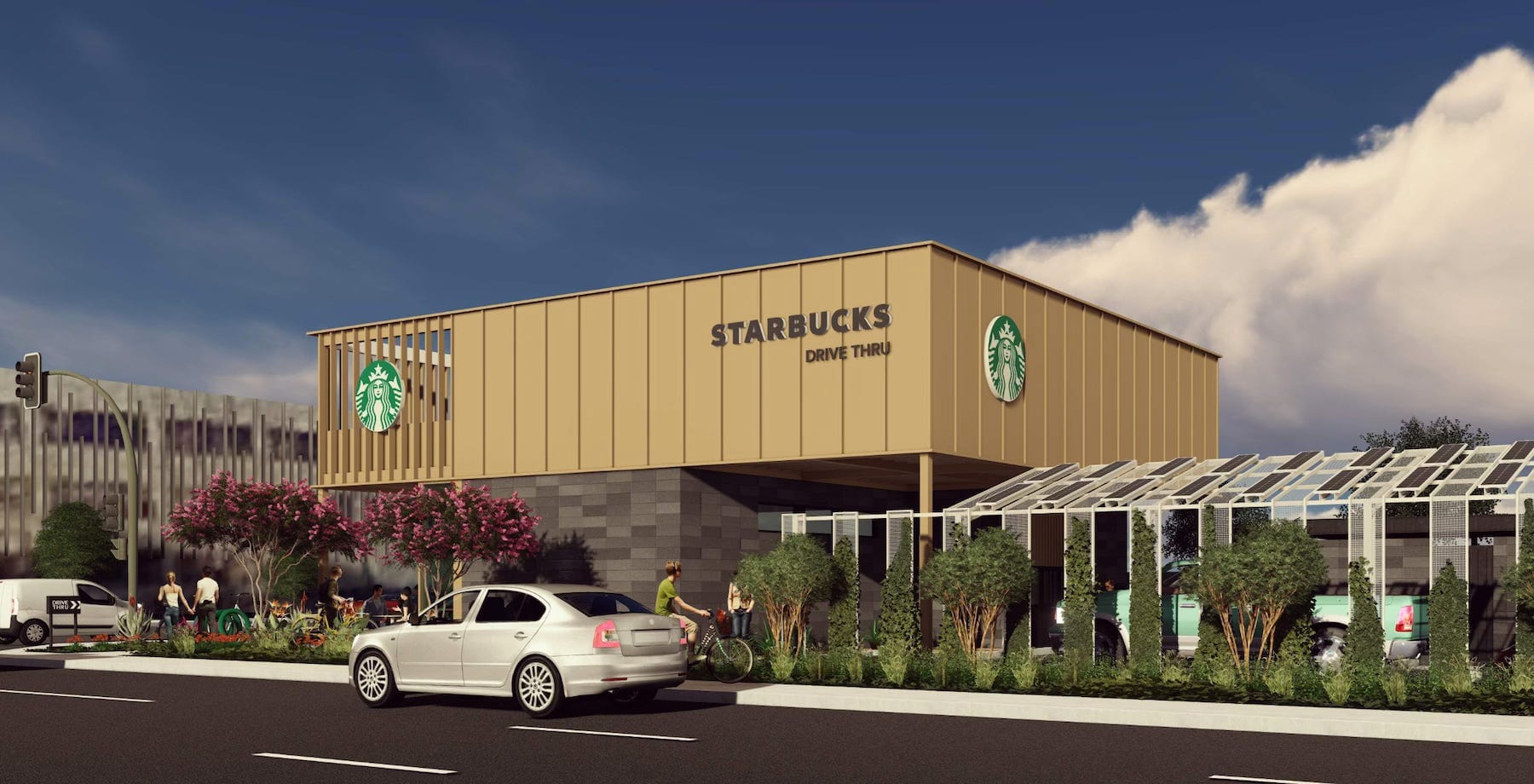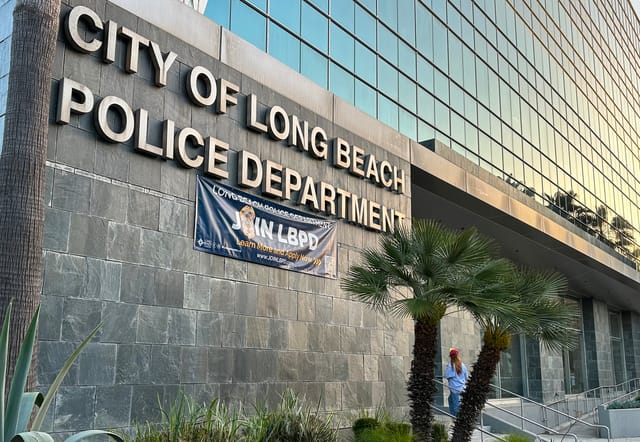Critically Speaking: We need some money
What is government's role in funding local news?


If you were to ask me to summarize the state of local news media in a meme I’d have to choose the one from the iconic 2011 film Bridesmaids. You know the one.
Nobody gets into local news to make money. I didn’t even get into it to cover the beat I’ve been on for a decade-plus: City Hall.
I wanted to cover sports.
It’s always been a labor of love, with reporters like those at the Long Beach Media Guild being more than willing to put their heads down and sometimes work 16-hour days to make sure that you have a steamy fresh plate of information to consume each morning.
I’m not lying when I say we care about this stuff, and you, our dear readers. But caring doesn’t pay the bills and financial struggles have led to nearly 3,000 newspapers closing since 2005, something that has escalated in recent years.
According to an annual report from Northwestern’s Medill School of Journalism, more than half of the counties in the United States are now news deserts, which means they have one or no local news source. And a lot of the remaining newspapers in the country are weeklies and don’t provide day-to-day coverage of communities.
You get the point. Newspapers need financial support and increasingly state and local governments are trying their hand and keeping them afloat.
This week, Long Beach jumped into that mix with Mayor Rex Richardson unveiling a proposal that could create an “incubator” for local news, something that could provide vital funding, but the details are still murky about how it would work.
The proposal asks the City Council to support the creation of an incubator that would bring together multiple organizations and educational institutions (and I’m guessing people with money) to help fund local news through grants.
Will the city be the partner? Will Sunstone Management, whose CEO oversaw the ill-fated Queen Mary and Community Hospital deals while working for the city, be involved like they are in the city’s existing “accelerator” program? What will news organizations have to give in return?
These are all questions running through a lot of heads in the city as they wait for the details of Richardson’s proposal to be fleshed out. But the idea that local government can or should help fund local media is not a new one.
In recent years, California had sought to create a statewide panel that would distribute tens of millions of funds to newsrooms, which then would have to make their stories fair use and available for republication in other outlets. That bill, aptly titled Senate Bill 911, never got chaptered.
However, a different effort that saw the state pump $25 million into the University of California Berkeley’s fellowship program did. And that program has deployed reporters across the state to help bridge coverage gaps. The Long Beach Post got one of those fellows; however, he’s now on strike with the rest of the remaining Post staff.
Several other states from Washington to Illinois have attempted to use government funds to prop up the industry by offering things like tax incentives to newsrooms to directly distribute tax dollars to aid the ailing industry.
The country’s long history of supporting news dates back to 1792 when the Postal Service Act subsidized newspaper access in the US. However, more contemporary Congresses have failed to move forward with several efforts that would have continued to invest in the country’s newsrooms.
The United States’s investment in public media pales in comparison to other countries. According to Nieman Reports, the US spent just $3.16 per person on public media as of 2023 compared to Germany ($142) and Botswana ($18.38).
If you’re looking to orient yourself, it’s located between Namibia and Zimbabwe, just north of South Africa.
Is funding the news with public money the right approach? There are differing opinions on that, with some well-known columnists arguing against it. And perhaps for good reason.
Yes, the news industry needs help, and convincing more and more people that they should pay for local news (if they can) will take time that many news outlets don’t have. However, accepting funds directly from those institutions you cover could at minimum create the optics that your newsroom might not be able to objectively cover them because of newfound financial entanglements.
I don’t know what the right answer is when it comes to funding local news and how big of a part government should have in it. But I do know that our industry is important and it’s worth investing in.
Please consider investing in us by subscribing to the Watchdog.
What happened this week
Two affordable housing projects in the city moved closer to reality this week and both of those steps included demolishing existing buildings. The site where an already approved project that will bring 73 units to the Bryant Neighborhood in East Long Beach began saw demolition work start Thursday. It required police and other city departments to be on the scene as people who had lived in the vacant building — some for years — were forced to leave. A different project in the Cal Heights neighborhood, which hasn’t had its final design approved by the city, could bring dozens more affordable units to that neighborhood. However, given the issues in the Bryant neighborhood, the city wants to move quickly to demolish the vacant building in Cal Heights so it doesn’t face the same issues with vandalism and squatting.
Something to keep an eye on
It’s Earth Day this weekend so I don’t want any of you reading through council agenda items or perusing through planning documents. Please get outside and touch some grass — or plant a tree! There are a host of Earth Day-related events happening across the city this weekend ranging from beach cleanups to 5Ks. And if you don’t want to be active or plant anything in the ground there is a cheeseburger-centric Earth Day event happening Saturday at Good Time coffee shop. So, if you’re not into loud cars going fast and want to avoid Downtown there are plenty of options for you in other parts of the city. Just click right here to find out what’s going on in town this weekend.
New Starbucks slated to replace two auto shops next to LBCC's Pacific Coast Campus
Jason Ruiz • Apr 19, 2024

A new Starbucks drive-through location has been green lit to be built next to Long Beach City College’s Pacific Coast Campus after the Planning Commission voted Thursday to grant the developer a conditio…
Read full story →
What is this?
Critically Speaking is a weekly civics column by Long Beach Watchdog reporter Jason Ruiz, who is on strike from the Long Beach Post.
Donate to the Long Beach Media Guild’s relief fund today to help Ruiz stay in the fight to keep reporting the stories you can’t find anywhere else.
We need your support.
Subcribe to the Watchdog today.
The Long Beach Watchdog is owned by journalists, and paid for by readers like you. If independent, local reporting like the story you just read is important to you, support our work by becoming a subscriber.





